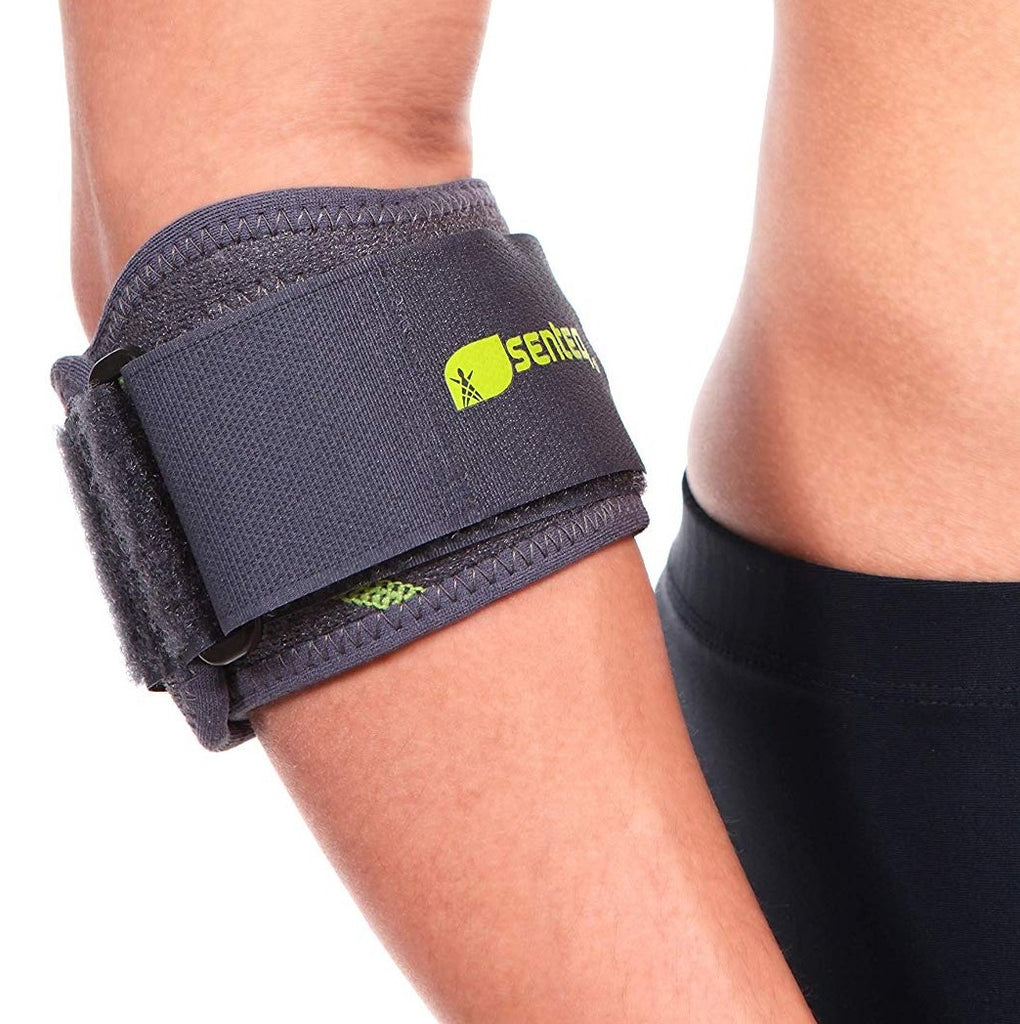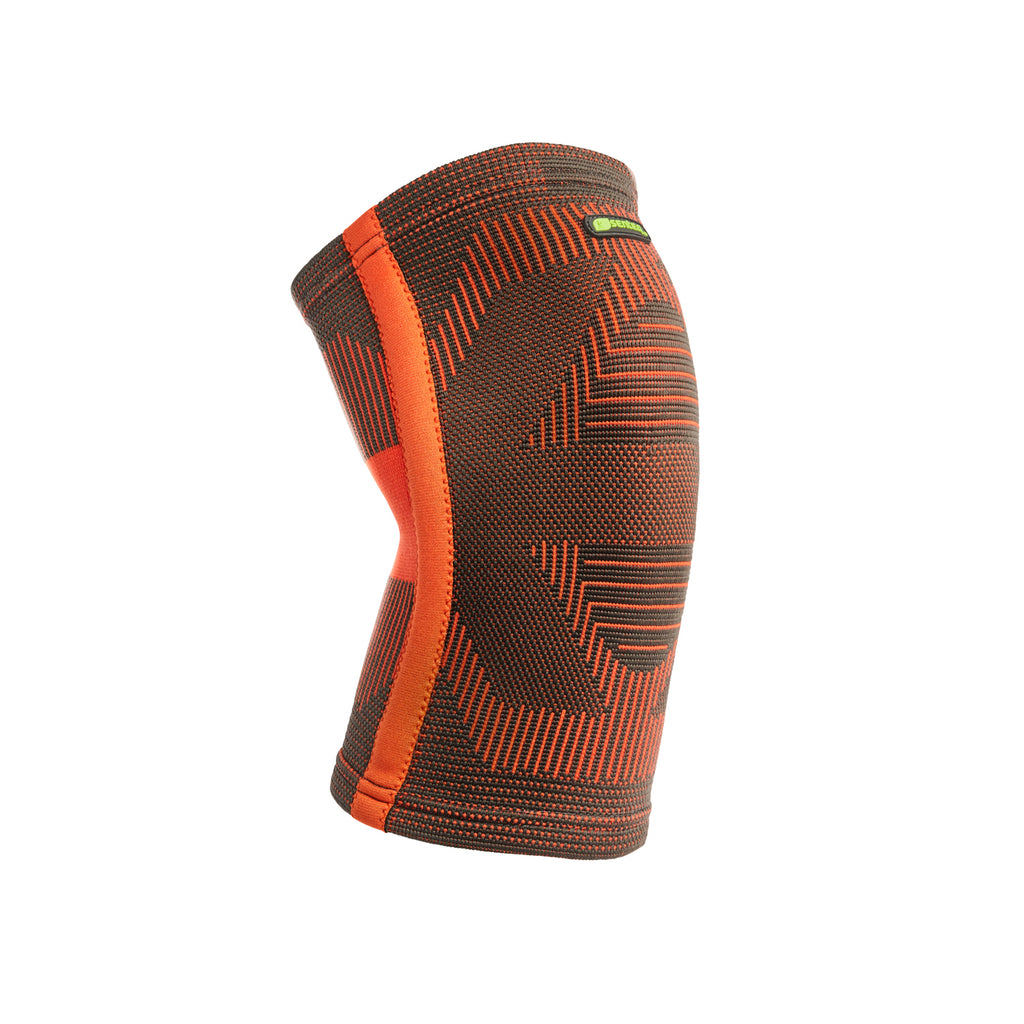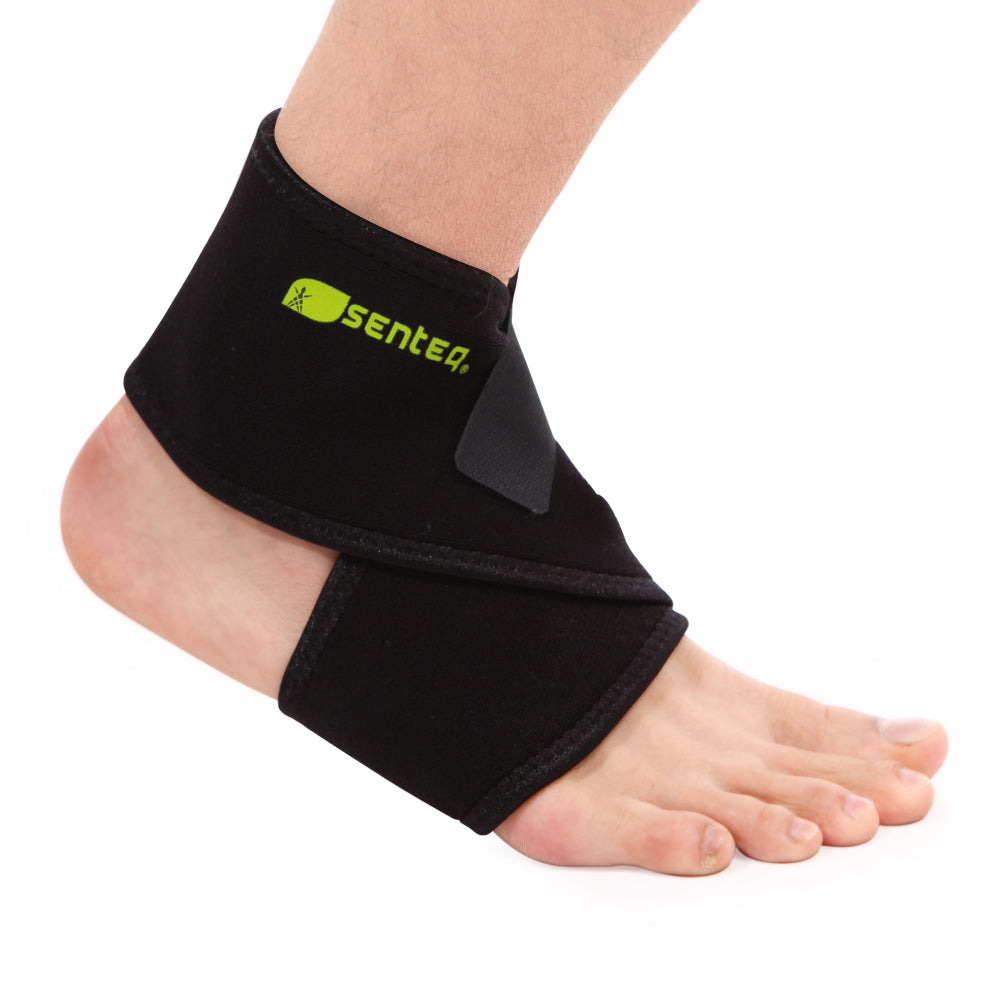The Ultimate Guide to Starting Your Flexibility Training
Flexibility is an important part of physical fitness and can have a positive effect on your overall well-being. It can give you more freedom of movement for your daily activities and help you avoid pain and injuries.
Flexibility training is one of the four main types of exercises included in a healthy workout routine. It stretches your muscles, ligaments, and tendons and helps your body to become flexible.
What are the benefits of being flexible?
1. Lowers the risk of injuries
Flexibility allows your body to move properly and smoothly during functional movements. It loosens tight muscles which may help lower the risk of minor and more intense performance-related injuries.
2. Increases mobility
Flexibility makes moving more comfortable and helps your joints move through their full range of motion. Increased mobility makes your daily activities more possible and enjoyable.
3. Makes you stronger
Having flexible muscles allows you to perform strength-building exercises with a greater range of movement. Flexibility makes it easier for your muscles to move with the right amount of tension.
4. Reduces stiffness
One of the most easily attainable benefits of flexibility training is the reduction of stiffness. This has several positive effects on your body, including increasing circulation and helping you avoid injury.
5. Improves your posture
Flexibility is the key element to improve posture and maintain mobility. When we are healthy and flexible, we can create an enhanced postural alignment that helps reduce the risk of issues such as back pain by strengthening muscles and stabilizing joints.
6. Gives a feeling of relaxation
Flexibility training will not only enhance your fitness levels but also create a happier life because it helps with chronic pain, muscle tension, and mental stress. It's an excellent way to relax your mind after a long, stressful day at work. You can also use it as a type of meditation to center yourself before bedtime.
When is the best time to stretch?
It's best to stretch when your muscles are warm. This is the cool-down part of your workout. Why? Because your soft tissues and muscles have lots of blood and oxygen flowing to them. They can stretch farther without tightness or pain.
How often should I stretch?
Flexibility training is an important part of a healthy lifestyle. To get the best results from your flexibility training you have to do it regularly. Schedule to stretch at least 3 or more times a week.
You must start slowly and gradually increase your stretching time as your body becomes conditioned. More stretching, more flexibility!
Examples of flexibility exercises
- Yoga – Yoga is one of the most popular flexibility exercises because it works on your muscles, joints, and spine. It’s an exercise that can be done at home with no equipment or in a studio with mats, blocks, straps, and other props. Many different types of yoga that can help you achieve your personal goals.
- Stretches – Stretches are an essential part of any flexibility training program. Stretches have many different purposes, including increasing strength and range of motion, preventing injuries, improving mobility, and promoting healing.
- Pilates – Pilates has been around for more than 100 years and is both an art and science. You can do it on its own or in conjunction with other forms of exercise like cardio. It will improve your strength, coordination, body awareness, agility, balance, endurance, flexibility, and lower body strength.
Tips for effective flexibility training
- Breathe normally.
- Use smooth, slow, and steady movements.
- Hold the stretch for 30-60 seconds. Repeat 3-4 times.
- Stop if you feel pain.
Summary
Flexibility training is a great way to help prevent injury as well as build your body. Injuries can be prevented by performing exercises that allow you to stretch and move in different directions.
It is important to include exercises with a resistance component because this helps build strength. The goal of this blog is to assist you in understanding the basics of what flexibility training is, how it can benefit your performance and the types of movement that are typically used in a flexibility routine.







